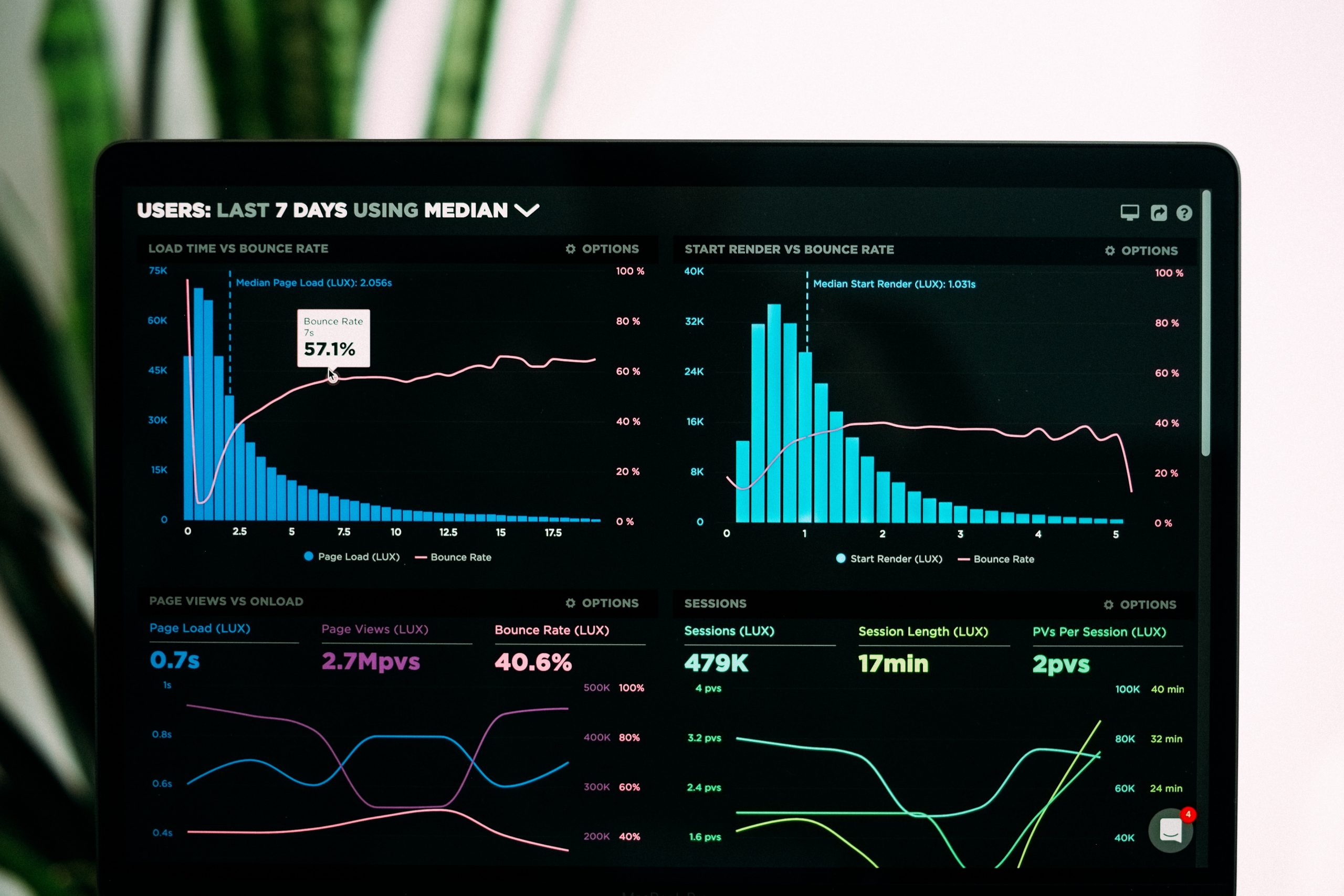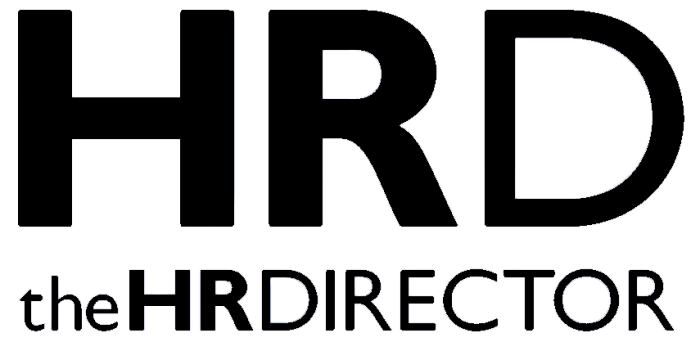With predictive policing and crime forecasting gaining attention it is not surprising that businesses are increasingly considering how to deploy analytics in their fight against employee misconduct.
Certainly, financial regulators want organisations to become more sophisticated in how they use both quantitative and qualitative data to identify the drivers of misconduct and to develop methods to adjust employees behavioural norms.
The appeal is clear: if businesses can use data to identify and address misconduct far earlier, let alone prevent it from occurring, they may limit regulatory, financial and reputational fallout.
Yet, while the opportunities this presents for organisations are attractive, the legal, ethical and operational considerations are complex, particularly so when using predictive analytics in the context of employee misconduct.
In the employment context, relevant data may range from statistical data drawn from employee engagement and turnover, compensation and incentives, diversity and inclusion, training participation rates and compliance breach records to qualitative data such as transcripts of investigation interviews, meetings, whistle-blower reports as well as emails, instant messages, calls and social media. Increasingly data is also being drawn from employee computer and smart phone usage logs, CCTV and wearable devices. As technology becomes more sophisticated, data points will increase.
From an HR perspective, it presents an opportunity to identify trends and respond to misconduct at an early stage. Perhaps more telling is the opportunity many organisations have been too afraid to venture towards in recent years – the chance to intervene and mitigate against misconduct occurring through increasing compliance controls or training.
Of course, more difficult questions arise if organisations rely on data when taking action against employees identified as high risk but against whom no finding of misconduct has been made. Think for a moment about how data that suggests an individual is a higher compliance risk should be taken into account in the context of an internal investigation into misconduct?
The picture becomes ever more complex for organisations with a global footprint. In jurisdictions such as Australia and the UK, for example, employees may challenge the lawfulness of disciplinary decisions on the basis that the processes lacked procedural fairness or the decision was not based upon a valid reason. The fact is that decisions underpinned solely by predictive analytics will not hold up in such circumstances.
For the HRD, this means that where the data suggests possible misconduct, as opposed to evidencing that misconduct has occurred, it should prompt further investigation.
Unfortunately, many people assume HR analytics are best used in a negative, disciplinary, context. That couldn’t be further from the truth – but there are issues which may arise if organisations base positive experiences, such as promotion decisions, on predictive analytics. Any data may need to be viewed in a broader context which may not be captured. For example, if one data point drawn upon is high absenteeism, it is possible that these may be more prevalent for an individual with a disability or with carer’s responsibilities, and decisions based on this may run the risk of unlawful discrimination.
In an age dominated by the byte of big data organisations must also consider how transparent they are in relation to monitoring employees. So ask yourself how aware you really are about GDPR restrictions on one hand and broader, local, employment law requirements. In some European jurisdictions, for example., employee monitoring is prohibited and can result in criminal sanctions. Some EU nations also require employers to consult with employee representative bodies before subjecting workers to surveillance measures.
Even where laws are complied with, organisations will need to consider potential triggers for employee activism. A recent survey *conducted revealed that 50% of the C-suite identified issues connected to the surveillance and monitoring of the workforce as a potential trigger for workforce activism. The survey results show that employers expect activism in the near future to be centred on technology-driven workplace issues such as the introduction of AI and automation, and the surveillance and monitoring of workers.
Given the significant disruption and reputational damage that workforce activism can cause, the approach that organisations take when conducting employee monitoring needs to be carefully balanced with the potential for backlash which may undo the benefits of embracing new technologies.
*Herbert Smith Freehills







